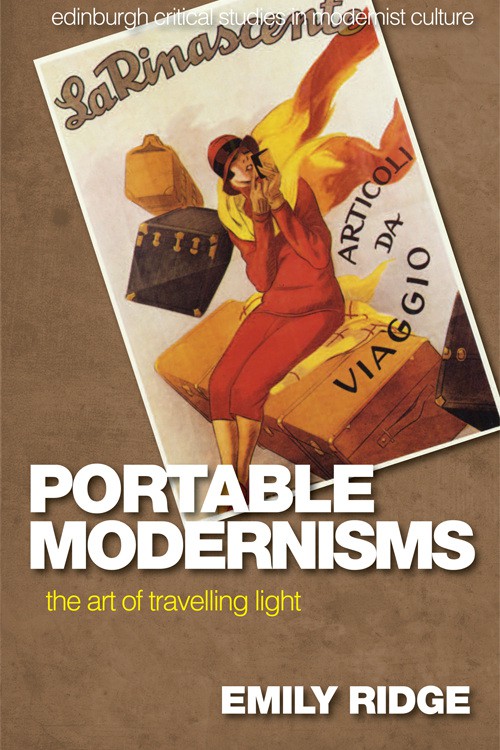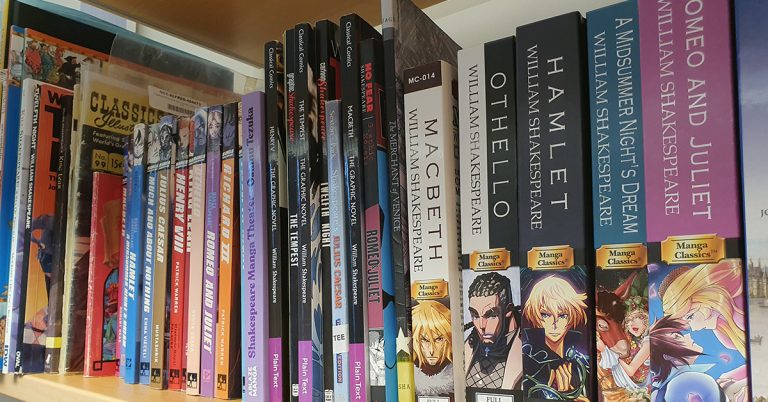
By Emily Ridge
He who travels light is in a fair way to travel happily. But the happy state is not compassed without effort. There must first be wisdom in selecting the absolutely necessary, determination in discarding all else, and skill in the bestowal of the essential minimum. The principle is applicable not to train journeys alone. It is no less valid for the greater journey which is life … — ‘Travelling Light’, The Times, 27 December 1922, p. 11
It used to be said of a distinguished traveller and administrator that a toothbrush was all the luggage he needed to take him from one side of Africa to the other. We may well envy him his ability to cut down extraneous equipment to the bone. But nowadays even the most settled and stable of us may find himself compelled to leave home at a moment’s notice with nothing more than he happens to be standing or sleeping in at the time. As for voluntary travelling, the best advice is ‘Don’t’, both in national interest and in one’s own. But if travel cannot be avoided, then travel, as light, as patiently, and as cheerfully as you can. — ‘The Happy Traveller’, The Times, 28 December 1940, p. 5.
The Times devoted two editorials to the topic of travelling light in 1922 and 1940 respectively. Both appear in that week-long cavity between Christmas and the new year, when musings on the passing seasons shape projections of the seasons to come. It is a time for abstract reflections that are, nevertheless, contextually and temporally grounded. Indeed, where these two editorials are concerned, the topic for reflection may well be the same but, an eighteen-year interval, spanning the breadth of the interwar period, has caused a pronounced shift in tone and emphasis. The first, arriving at the very end of one well-known modernist annus mirabilis and in the broader aftermath of the Great War, would seem to describe an aspirational paradigm of portability in direct reaction to prolonged wartime confinement. Such a paradigm offers not simply a practical approach to facilitating movement but an all-encompassing ethos requiring rigour and resolve, an ethos neatly articulated by Lucy Tantamount in Aldous Huxley’s Point Counter Point (1928): ‘Living modernly’s living quickly. You can’t cart a wagonload of ideas and romanticisms around with you these days’.[1] To be modern, as such, is to achieve an unburdened form of portability, by choice as well as by practical application. The second editorial, by contrast, posits travelling light itself as the enforced burden. With the onset of a Second World War, the compulsion to uproot smacks less of irresistible urge and more of emergency procedure or national duty. In this context, the lightly packed bag becomes the stigma of the evacuee as opposed to the stamp of the escapee.
These editorials together capture two strains of portable experience which my new book, Portable Modernisms: The Art of Travelling Light ( EUP, July 2017) traces across the modern period. More specifically, it examines the ways in which an evolving culture of portability also comes to inform English literary developments in the early twentieth century, on thematic, conceptual and formal levels. ‘We are reverting to the civilisation of luggage,’ the narrator of E. M. Forster’s Howards End notes in 1910, not without a certain amount of trepidation.[2] Luggage certainly looms large in modernist writing and packing becomes integrally related to the writing process in a very hands-on way for many displaced writers. We need only think of James Joyce’s use of an upturned suitcase as a makeshift desk while finishing Ulysses in Paris in the 1920s. Not incidentally, in the opening pages of Ulysses (1922), we find Stephen Dedalus sitting upon an ‘upended valise’ in the Martello Tower as if to affirm his conspicuous homelessness, his lack of a proper domestic affiliation, from the beginning.[3] Yet if Joyce’s portable writing practice speaks of the romance of the modernist exile, the late-1930s image of Vladimir Nabokov writing The Real Life of Sebastian Knight (1941) on a bidet-balanced valise in the bathroom of the one-bedroom Parisian apartment he shared with his family strikes a somewhat different note. Nabokov had, after all, been forced into exile following the rise of the Bolsheviks in Russia and would shortly have to flee Paris to avoid the Nazis. When the eponymous protagonist of The Real Life of Sebastian Knight (1941), also a writer, is shown to abandon his bags in flight from Moscow and to entitle his ‘most autobiographical work’ Lost Property, it is a portability by necessity which is foregrounded above all.[4] As my book shows, the fantasy of travelling light takes on an increasingly nightmarish hue in the works of a wide range of writers from the mid-1930s onwards. In that eighteen-year interval between one Times editorial and the next, the application of a principle of travelling light to the ‘greater journey which is life’ swerves disconcertingly from an easy symbolism for the few to a more precarious reality for the many.
[1] Aldous Huxley, Point Counter Point, Point Counter Point (1928; London: Chatto and Windus, 1934), p. 282.
[2] E. M. Forster, Howards End (1910; New York: Signet-Penguin, 1992), p. 119.
[3] James Joyce, Ulysses, ed. Jeri Johnson (Oxford: Oxford University Press, 1998), p. 12.
[4] Vladimir Nabokov, The Real Life of Sebastian Knight (1941; London: Penguin, 1964), p. 6.

Emily Ridge is an Assistant Professor of English Literature at the Education University of Hong Kong and author of Portable Modernisms: The Art of Travelling Light (published by EUP in July 2017).





